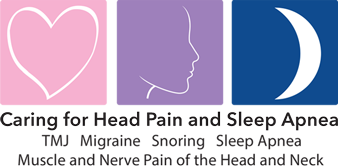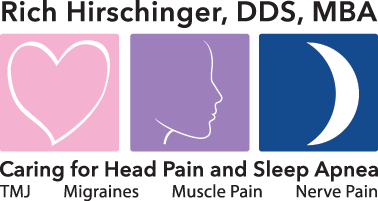

Rich Hirschinger, DDS, MBA
Diplomate American Board of Orofacial Pain
9615 Brighton Way, Suite 323
Beverly Hills, CA 90210
888.981.8981
Diplomate American Board of Orofacial Pain
9615 Brighton Way, Suite 323
Beverly Hills, CA 90210
888.981.8981

Diagnosing Myofascial Pain
More About Myofascial Pain
During a physical examination of a patient experiencing muscle pain, the doctor will typically ask a number of questions to help diagnose the underlying condition. Potential questions include:
- Does your job or hobbies require you to perform repetitive tasks?
- Have you recently been injured?
- What symptoms are present?
- What areas are experiencing the most pain?
- Do symptoms become worse during a certain time of day?
- Do symptoms become better or worse as a result of anything?
- How long have symptoms persisted?
- Are symptoms continuous or intermittent?
- Are any activities limited by symptoms?
A doctor can identify trigger points located along muscle fibers by physically examining a patient's musculature via palpation, or touch. Gentle finger pressure is applied along muscles, with the doctor looking for tight areas while watching the patient's reaction for signs of increased sensitivity in an area. A muscle twitch or patients flinching from pain are potential signs. If it is determined that there is a focal point or points of pain within muscles, a doctor may recommend additional tests or procedures to rule out other possible causes of muscle pain. Palpation is the most common process of myofascial pain diagnosis.






